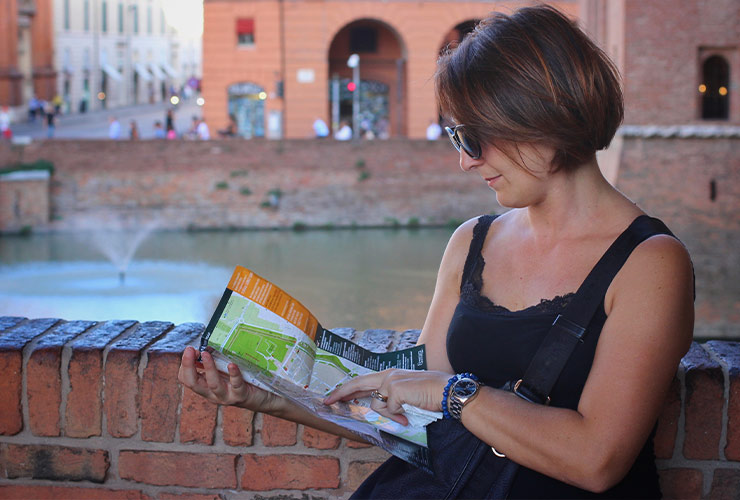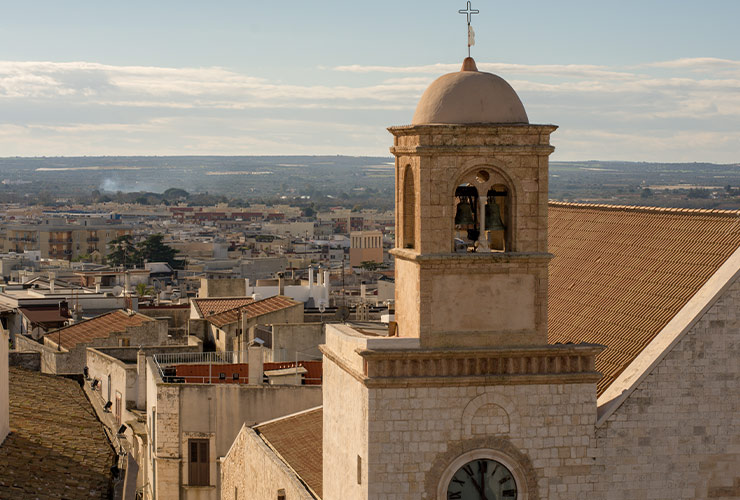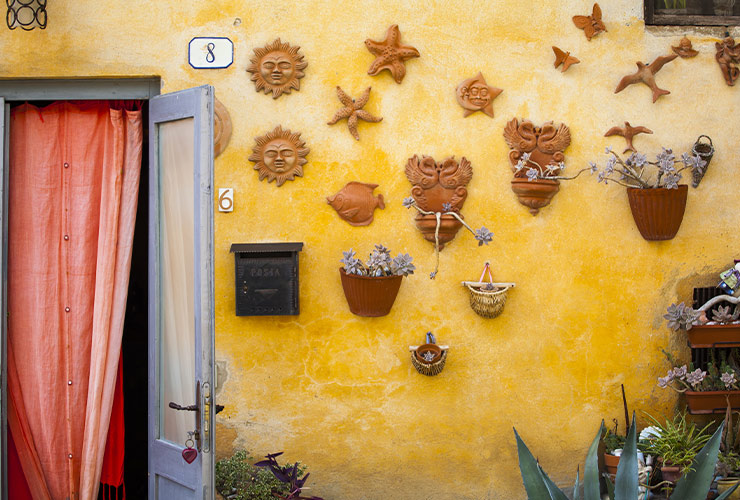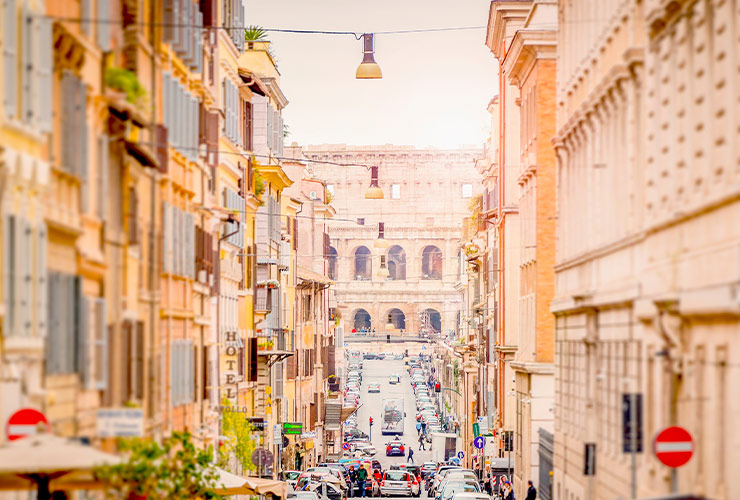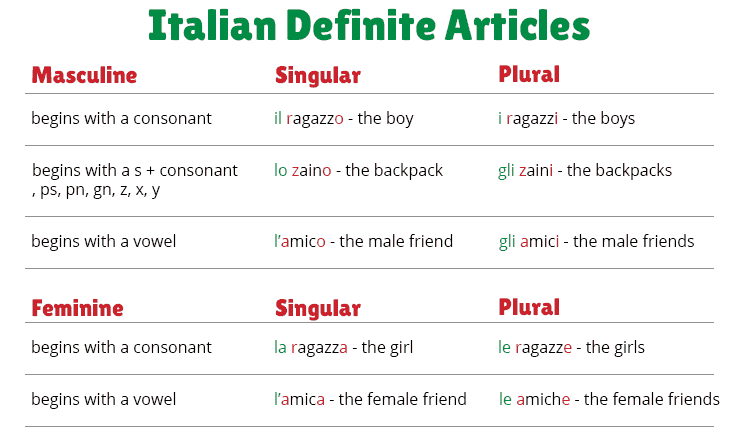What is the Passato Prossimo?
Passato Prossimo is the main past tense in Italian.
In English this would be the simple past and present perfect tenses.
Examples:
Ho mangiato – I ate, I have eaten
Sono andato – I went, I have gone
When do I use the Passato Prossimo in Italian?
You have to use Passato Prossimo in Italian when talking about:
- events in the recent past
Example:
Ieri sono andata a ballare.
Yesterday I went dancing. - an event that happened a long time ago, but that still have effects on the present
Example:
Ho preso la laurea nel 1999.
I graduated in 1999. - an action that took place in a period of time that hasn’t ended
Example:
Questa settimana ho bevuto solo cinque caffè.
This week I drank only five coffees.
(The week is still going on.)
Common expressions used with Passato Prossimo in Italian
There are some words, adverbs or expressions, that you can use when saying something in the passato prossimo in Italian. Here the most common ones:
ieri – yesterday
ieri mattina – yesterday morning
ieri pomeriggio – yesterday afternoon
ieri sera – last night
l’altro ieri – the day before yesterday
due giorni fa – two days ago
una settimana fa – one week ago
mercoledì¬ scorso – last Wednesday
un anno fa – one year ago
la settimana scorsa – last week
il mese scorso – last month
l’anno scorso – last year
un’ora fa – one hour ago
alcuni giorni fa – some days ago
How do I make the Passato Prossimo in Italian?
| Passato Prossimo = Presente Avere/Essere + Participio Passato |
Examples:
Ho mangiato – I ate
Sono andato – I went
As you can see in the examples Passato Prossimo is a compound tense: in order to make the Passato Prossimo you will need to combine two elements:
- An auxiliary verb essere or avere in the present tense.
- The past participle of the verb you want to turn into the past, in Italian Participio Passato.
When to use essere or avere with passato prossimo depends on the verb that we want to turn into the past tense, for example mangiare (to eat) requires avere (ho mangiato), while andare (to go) uses essere (sono andato). I will explain how to select the right verb in more detail later in this article.
Once you picked the right auxiliary (essere or avere) you will have to conjugate it in the present tense agreeing with the subject of the sentence.
Let’s refresh the verbs essere (to be) and avere (to have) in the present tense of the indicative mood:
| Avere (to have):
(io) ho – I have (tu) hai – you have (lui, lei) ha – he, she has (noi) abbiamo – we have (voi) avete – you (pl.) have (loro) hanno – they have |
Essere (to be):
(io) sono – I am (tu) sei – you are (lui, lei) è – he, she is (noi) siamo – we are (voi) siete – you (pl.)are (loro) sono – they are |
Ok, the first step is done. Now you will need to make the past participle of the main verb.
How to make the past participle in Italian
The past participle, or participio passato, is very easy to create.
| -ARE / -ATO
Mangiare / mangiato |
| -ERE / -UTO
Credere / creduto |
| -IRE / -ITO
Dormire / dormito |
- Verbs ending in -are in the infinitive form (the not conjugated form) turn -are into -ato.
Example:
mangiare / mangiato
to eat / eaten - Verbs ending in -ere in the infinitive form change -ere into -uto.
Example:
credere / creduto
to believe / believed - Verbs ending in -ire in the infinitive form replace -ire with -ito.
Example:
dormire / dormito
to sleep / slept
Ok, now that you have all the ingredients, you can combine the auxiliary (essere or avere) with the past participle to make the passato prossimo!
Examples:
hanno mangiato – they ate
ha creduto – he believed
avete dormito – you (pl.) slept
Passato Prossimo with essere
Pretty easy, right? However, if the verb requires the auxiliary essere there is a further step to take. The past participle would have to agree in gender (masculine, feminine) and number (singular, plural) with the subject of the sentence, just like an Italian adjective does (bello, bella, belli, belle).
Examples:
If the subject is masculine singular the past participle (andato) doesn’t change.
Paolo è andato in Italia. – Paolo went to Italy.
If the subject is feminine singular the past participle change the final -o into an -a (andata).
Maria è andata in Italia. – Maria went to Italy.
If the subject is masculine plural the past participle will end with an -i (andati).
Paolo e Marco sono andati in Italia. – Paolo e Marco went to Italy.
If the subject is feminine plural the final letter of the past participle will be -e (andate).
Maria e Agata sono andate in Italia. – Maria e Agata went to Italy.
NOTE: The past participle never changes when using the auxiliary avere, unless there is a direct object pronoun before the verb.
Examples:
Laura ha mangiato la torta. – Laura ate the cake.
Laura l’ha mangiata. – Laura ate it.
In the first example even if the subject is feminine you don’t have to change the past participle.
But if we use a direct object pronoun (l’) instead of la torta, like in the second example, the past participle would have to agree in gender and number with the object (la torta), which, in this case, is singular feminine.
Irregular Past Participles in Italian
In Italian, like in English, there are a lot of irregular past participles. This means that these past participles don’t follow the rule that we just saw to make the participio passato. In that case you can only memorize them and try to use them as much as you can until you will remember them.
Here I listed the irregular past participles of the most common Italian verbs with examples:
| Infinitive verb | Past Participle | Example |
| aprire
to open |
aperto
opened |
Ho aperto la porta.
I opened the door. |
| bere
to drink |
bevuto
drank |
Ho bevuto troppo ieri.
I drank too much yesterday. |
| chiedere
to ask |
chiesto
asked |
Ho chiesto il conto.
I asked for the bill. |
| chiudere
to close |
chiuso
closed |
Ho chiuso la porta.
I closed the door. |
| conoscere
to know; to meet for the first time |
conosciuto
known |
Ho conosciuto Michele nel 1992.
I met Michele in 1992. |
| correre
to run |
corso
run |
Non ho corso ieri.
I didn’t run yesterday. |
| crescere
to grow |
cresciuto
grown |
è cresciuto molto!
He grew a lot! |
| cuocere
to cook; to bake |
cotto
cooked |
Ha cotto troppo i biscotti.
She overcooked the cookies. |
| decidere
to decide |
deciso
decided |
Ho deciso di andare.
I decided to go. |
| dipingere
to paint |
dipinto
painted |
Avete dipinto un quadro.
You (pl.) painted a picture. |
| dire
to say |
detto
said |
Hanno detto di sì!
They said yes! |
| essere
to be |
stato
been |
Sono stato in Italia.
I have been in Italy. |
| fare
to do, to make |
fatto
done |
Ho fatto una torta!
I made a cake! |
| leggere
to read |
letto
read |
Abbiamo letto un romanzo.
We read a novel. |
| mettere
to put |
messo
put |
Non ho messo il sale.
I didn’t put the salt. |
| morire
to die |
morto
dead |
Il cellulare è morto.
The phone died. |
| nascere
to be born |
nato
born |
sono nata in Italia.
I was born in Italy. |
| offrire
to offer |
offerto
offered |
Mi ha offerto un caffè.
He offered a coffee to me. |
| perdere
to lose, to miss |
perso
lost |
Ho perso il treno.
I lost the train. |
| prendere
to take |
preso
taken |
Ho preso il treno.
I took the train. |
| ridere
to laugh |
riso
laughed |
Ho riso tantissimo!
I laughed a lot! |
| rimanere
to remain, to stay |
rimasto
remained |
Sono rimasto a casa.
I remained home. |
| rispondere
to answer |
risposto
answered |
Non hai risposto!
You didn’t answer! |
| rompere
to break |
rotto
broken |
Hai rotto un bicchiere?
Did you break a glass? |
| scegliere
to choose |
scelto
chosen |
Non ho scelto ancora.
I didn’t choose yet. |
| scrivere
to write |
scritto
written |
Ho scritto un romanzo.
I wrote a novel. |
| succedere
to happen |
successo
happened |
Cosa è successo?
What happened? |
| vedere
to see |
visto
seen |
Ho visto una farfalla.
I saw a butterfly. |
| venire
to come |
venuto
come |
è venuto a casa.
He came home. |
| vincere
to win |
vinto
won |
Hanno vinto la partita.
They won the game. |
| vivere
to live |
vissuto
lived |
Ho vissuto in Italia.
I lived in Italy. |
How to know if you have to use essere or avere?
That is a very good question and there is not a simple answer to it. Below I tried to make it as clear as possible for you.
Participio passato with avere
Most Italian verbs use the auxiliary verb avere in the participio passato.
You can be sure to use avere with:
- Transitive verbs: verbs that can have an object.
For example the verb to eat (mangiare) or to meet (incontrare) are transitive both in English and Italian because they have an object that answers to the questions what? or who?. You can eat something or meet someone.Examples:Ho mangiato la pizza ieri.
I ate pizza yesterday.Ho incontrato Michele la settimana scorsa.
I met Michele last week.Ho comprato la borsa.
I bought the bag.Ho guardato un bel film sabato sera.
I watched a good movie last Saturday night. - Some intransitive verbs: verbs with no object. It is not always clear when it is necessary to use essere or avere with intransitive verbs. The following are the most used intransitive verbs that require avere:
ambire – to aspire, to aim
approfittare di – to take advantage of
badare a – to look after
bisticciare con – to bicker
camminare – to walk
cenare – to have dinner
chiacchierare – to chat, to talk
esitare – to hesitate
litigare con – to fight, to argue
mentire a – to lie to
nuotare – to swim
parlare – to talk, to speak
pattinare – to skate
reagire – to react
ridere – to laugh
rinunciare a – to renounce, to give up
scherzare – to joke
sciare – to ski
smettere di – to stop, to quit
telefonare – to call, to phone
tossire – to cough
viaggiare – to travel
When to use passato prossimo with essere
Essere is the auxiliary of the following intransitive verbs:
- Most of verbs that indicate movement like:
andare – to go
arrivare – to arrive
entrare – to enter, to come in
partire – to leave
tornare, ritornare – to come back
uscire – to go out, to exit
venire – to come - Stative verbs (verbs that indicate inactivity) like:
stare – to stay, to be located
restare – to stay
rimanere – to remain
esistere – to exist
essere – to be
vivere – to live
sopravvivere – to survive
succedere – to happen - Verbs indicating changes in the state of being, such as:
cambiare – to change
crescere – to grow
diventare – to become
migliorare – to improve, to get better
morire – to die
nascere – to be born - Reflexive verbs (verbs ending in -si in the infinitive form), like the following very common verbs:
addormentarsi – to fall asleep
alzarsi – to get up
annoiarsi – to get bored
arrabbiarsi – to get angry
divertirsi – to have fun, to enjoy oneself
farsi male – to get hurt, hurt oneself
innamorarsi di – to fall in love with
lamentarsi – to complain
lavarsi – to wash oneself
laurearsi – to graduate
mettersi – to put clothes on
muoversi – to move
sedersi – to sit down
sentirsi – to feel
spogliarsi – to undress
sposarsi – to get married
svegliarsi – to wake up
trasferirsi – to move
vestirsi – to get dressed
Quick overview of Passato Prossimo
| Ausiliare | Participio Passato | Verbi |
| Avere | -are / -ato
-ere / -uto -ire / -ito |
transitive verbs
some intransitive verbs |
| Essere | -are / -ato/a/i/e
-ere / -uto/a/i/e -ire / -ito/a/i/e |
intransitive verbs,
motion verbs, stative verbs, changement verbs, reflexive verbs |
Conclusion
Now you can finally say in Italian what you did yesterday or sometime in the past!
Remember to change the final endings when using essere.
As we saw, the choice of the auxiliary is not always as clear for intransitive verbs. Certain verbs can even allow both essere and avere depending on the context, but I don’t want to scare you too much at this point! If you are interested in learning more on the topic check out this more detailed list: la scelta del verbo ausiliare.
If you want to check if the past participle is irregular or you want to be sure to use the right auxiliary I suggest to consult a verb conjugator online, such as . With Reverso you can insert the infinitive form of the verb and then look for the conjugation of passato prossimo along with all the other Italian tenses.

